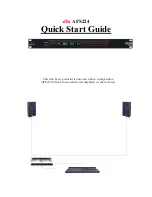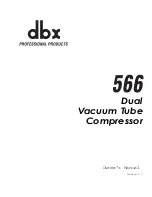
APEX™ QUICK RELEASE DIE
QS-26300-6
3
A polished capping plate is provided which imparts a highly smooth surface to the pellet. Its use is
optional, but its thickness must be factored into the overall maximum pellet thickness.
Caution
: overfilling the die may prevent the hinged tabs from fully engaging upon release of
the load. Sample extraction with the die in this state will lead to damage of the hinged parts.
3) Setting the lead screw
The leadscrew should be lowered until the flat anvil is almost
touching the top of the die in its first latch position (Figure 6).
It will not be necessary to adjust the position of the lead
screw between sample runs.
4) Observing the trial run
Set the press to apply a load. After a pause at full load, release
the pressure and allow the piston to return fully to its retracted position. Consult the relevant UIM
for operation of your press.
During the load and release cycle, please pay attention to the following indicators:
Note
: if the die has been set-up as described, at least 13mm of piston travel is required during
compression to ensure proper engagement of the hinged tabs upon release of the load.
If you believe the press piston has reached the limit of its travel without reaching full load Figure
7, it is likely that the pellet will have failed to form: First check the leadscrew was lowered as per
Figure 6 and that the die is in its first latch position (Figure 5).
5) Releasing the pellet
If the full load is reached and the tabs have rotated fully into position Figure 8, proceed to apply a
small load (
max. 4 tonnes
) to the hinged tab parts in order to push the pellet through and out of
the die body.
Figure 7 Piston Limit Reached
=
too little sample or
leadscrew not lowered
Figure 8 Load Reached and
tabs engaged OK
Figure 9 Tabs fail to engage
=
too much sample
Figure 6 Lead screw setting






















